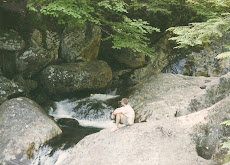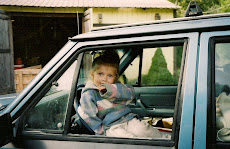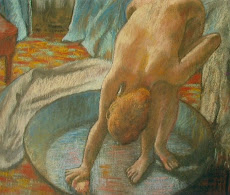.The vet confirmed on Friday that Rita was bred. We were going out of town on Saturday, so Sunday was the earliest we could go pick her up.
Rachel and I worked all Sunday morning into the afternoon on a stall for her in the front right corner of the barn. We decided to do a board stall, with 2x6's around the outer stud walls, and 2x8's in the interior where there's a 12' span to a central post. I put in one treated 4x4 post at the center of each of these 2 long spans to break it up into 6'. I dug down 30" with a post hole digger till I hit hardpan, then centered the 8' post inside and filled the hole with mixed concrete.
Rachel left around 1 or so to go pick up the cow. The friend who'd showed us how to hand-milk was bringing her horse trailer to pick up the cow [we later cleaned out her goat house on a work-exchange].
I worked fast to finish the stall while they went to pick up Rita. The front of the stall has 2x8 boards that slide open and shut and lock with bolts. It took a while to get all this assembled as I was as usual making it up as I went along. I got everything but the blocking done on one of the small inside posts which the boards slide through.
They backed the trailer pretty close up to the barn. Rachel led Rita out of the trailer to her new stall. Rita pitched a small fit pausing and bucking as she was led to the barn, but it was momentary, then Rachel led her in to her stall.
Rachel has years of experience with big animals having had different horses. I've never had any experience with big animals, so Rachel helped me with what to do and not to do around such an animal.
We locked Rita in her new 12' x 12' stall. They say cows can become plaintive and unhappy in a new place and will bawl for hours. Rita only mooed once or twice. The one time I asked her, "So do you like your new home Rita?" she immediately threw her head up and let out a terrific moo - which I guess meant 'HELL NO!' And I think she mooed once more the following morning. But since then, never got a moo out of her.
We used our large galvanized washtub for water for her. We'd gotten a heavy-duty bin for her feed from Tractor Supply which hangs on one of the boards of her stall. Her previous milking schedule was 5:15 in the morning and evening. We milked her at 7 the first night by flashlight - we wanted to move her to a 7 and 7 schedule, she didn't have a lot of milk, and by what we saw at her last place, where they practically dragged her from the pasture into the barn to be milked - she was in no hurry to be milked.
Rachel tied her up with her lead line to the center post and went in to milk her. Rachel had had the best success training to milk on the last cow, so we thought we'd put the best person on the job for milking to keep Rita's production up [milk production usually drops 50% when the cow is moved]. I doled out the feed from outside the stall while Rachel milked.
Rachel first cleaned out her stall with a manure fork. She started grooming Rita with a brush which Rita hated and resisted. Rachel washed her udder and teats with a warm water vinegar solution. Then the milking began.
To give Rachel plenty of time to milk and preoccupy Rita, I doled out the feed one scoop at a time into her feeding bin. Rita fidgeted and kicked at the milk pail with her left foot this first milking [we milked on the left side as that's how Rita was milked before, and cows are obsessed with routine].
The next milking Rita went from kicking at the pail to kicking directly at Rachel. Rachel got kicked once in the shin, and from thereon brought in a long piece of plastic electrical conduit to whack Rita on the hock every time she kicked. The first milking was a series of a few squirts, kicking, Rachel whacking her, then a few squirts again, over and over. Rita kicked like a demon. The whacking seemed to have little effect. After around 30 minutes, Rachel got 3 cups of milk out of her.
Rita's behavior in the evening was the same. The plastic pipe seemed to have no effect on her, so Rachel got an old split wooden rake handle. This Rita seemed to feel, and she began to get the message. She still fidgeted, and kicked, but not quite so freely.
Rita kept knocking the bin around with her head and for a while I'd thought this was the wrong feeder for her - that we'd be better off with a tub on the ground. But we made some changes to everything which improved the situation. We got about a quart in the evening, and a half a gallon a day seemed to be all she had or would give.
From then on we chained Rita up to the back corner of her stall with a heavy-duty chain and clip, allowing only enough head motion for her to eat from her bin. I buried each scoop of her feed in hay in her bin so she had to dig around with her snout for it - buying us more milking time. Rachel 'shooshed' Rita over to get her to line up against the back of the stall - she used the command "Shoosh Rita!" and pushed on her hip to move her back end over to line her up against the wall. If Rita's being stubborn and won't move or takes a step or two then leans back, Rachel takes her broken stick handle and pushes on her hip with this - it tends to be very effective.
We'd gotten a long tough rope for tying up her kicking leg to the other side of the stall. She fought the rope madly at first, kicking and flicking her hoof - she got it off once - but eventually Rachel got the loop positioned just right around her shin and Rita couldn't get it off. Rachel made a loop at one end of the rope, the rest of the rope pulls through it around Rita's leg, and is tied with a saftey slip knot to the post. The loop tightens when she kicks but loosens when she stands still.
Rita now tried to kick, but with her left foot tied there wasn't much she could do. So she tried to kick a little with her right foot, at least across at the milk pail, but these kicks weren't dangerous kick-in-your-head kicks and more of a nuissance. With consistent reprimands for kicking and occasional whacks, the kicking began to lessen to more just fidgeting. And Rita definitely came to respect the stick - just the sight of it usually is enough to get her to calm down and do what she's asked.
When Rita gets restless and fidgety and kicky Rachel milks her with a tin cup and sets the pail off to the side so it doesn't get kicked over. She periodically dumps out the cup. With the cow producing only a quart per milking, the cup works fine.
The feed they had Rita on was a cheap bulk cattle mix at $7 a 50 pound bag - not even the right food for a dairy cow. But it takes time for a cow's rumen to adjust, so we've had to wean her off slowly from it and bit by bit introduce alfalfa and beet pellets, corn and oats. Sometimes she gets leftover cream of wheat from breakfast, or vegetables from the garden. She loves any kind of Brassica leaves.
Rita began to improve behavior-wise . . . to kick less, tolerate grooming, stop shaking her head at us and stomping in her stall. We wanted to try tethering her so she could have some outside time to graze. Rachel attached a heavy-duty chain to the front of the barn - not one of the main posts deep in the ground, but one of the doubled studs only attached to the sill plate with a few screws.
Rachel opened the stall and lead Rita out with her line to the front of the barn and attached her to the chain. The chain is over 20', but Rachel tied it up so Rita would only have half that to start - enough to wander a little and comfortably reach the ground to graze.
Rita bit at the grass nervously a few times. Then she did a few twitchy kicks with her right leg - something I'd see her do later when coyotes howl - it was some kind of nervous tic of hers. Then out of nowhere Rita turned and charged at a dead run to be free.
The chain yanked her back, and she tried again and again. The last time I saw the doubled stud move on the sill plate, as we should have attached the chain to a main post, and we knew that was enough tethering for Rita. Rita even tried to hurry back into her stall once. So Rachel unclipped her and led her back into the stall with some hesitation and stubborness from Rita but eventually she went in.
The whole experience had really terrified Rita, and she was perfectly content once back in her stall. So we decided to not bother with tethering for now.
.............................................................................
Rita's almost a completely different cow now a month later. She loves to be groomed, and grunts, and buries her head against me while I'm grooming hoping it will go on forever - and insisting I scratch her head. Her milk production has doubled to a gallon a day - sometimes a hair less depending on how much water she drinks and hay she eats. Rachel has the milking down and milks her out rapidly with both hands in under 15 minutes. The milk cup used for the wild Rita has been basically retired - Rachel milks into the pail and Rita only gets fidgety and a little kicky once she's out of food.
I still don't enter the stall unless she's tied up. She's too unpredictable. Rachel will just to muck out her stall quick or something. Sometimes Rita still has cranky days and shakes her head at us and stomps, but she's become far more managable than in the beginning.
.















































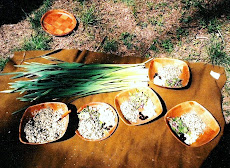









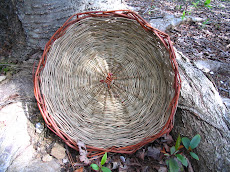







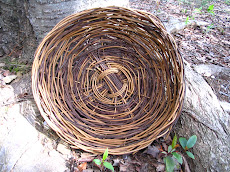

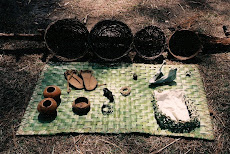


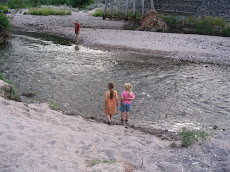

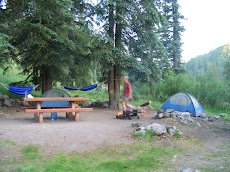


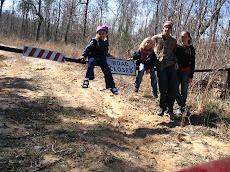






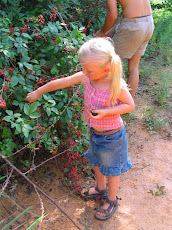







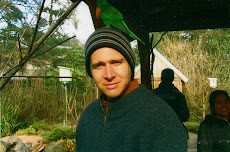
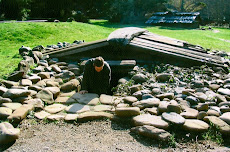

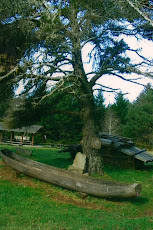



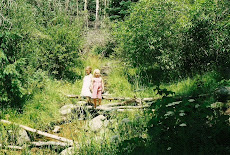
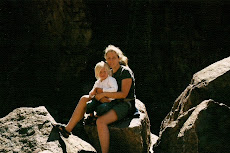
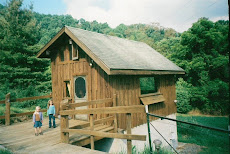

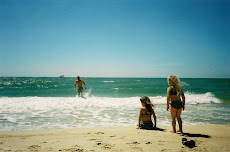
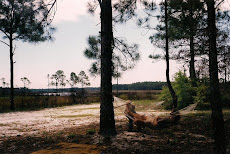

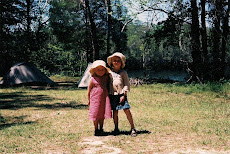.jpg)

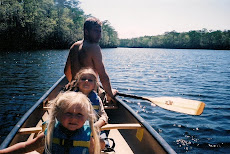.jpg)

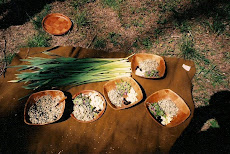
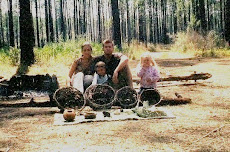
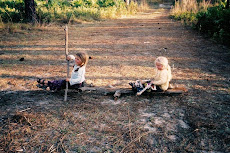.jpg)



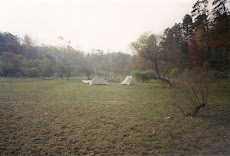

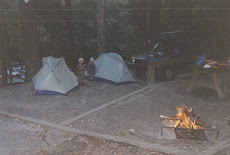


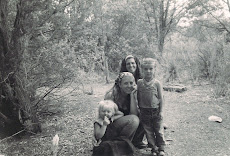.jpg)
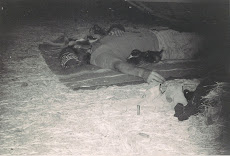.jpg)
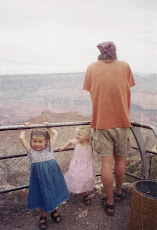
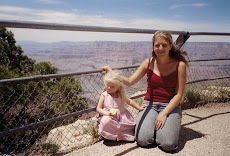.jpg)
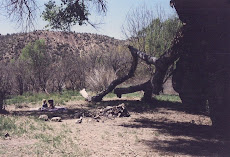.jpg)
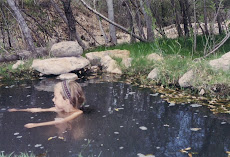
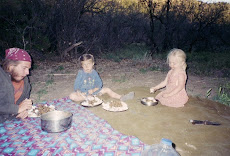.jpg)
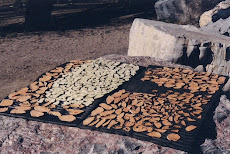
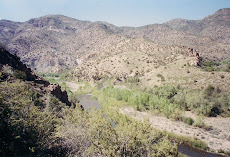.jpg)


